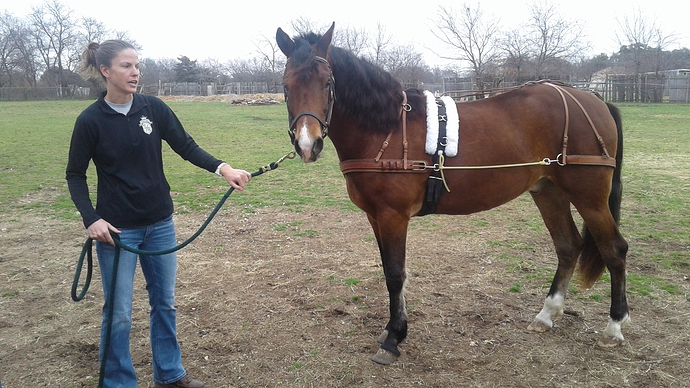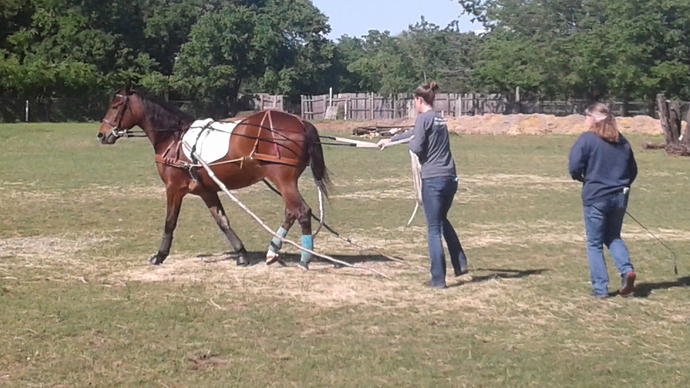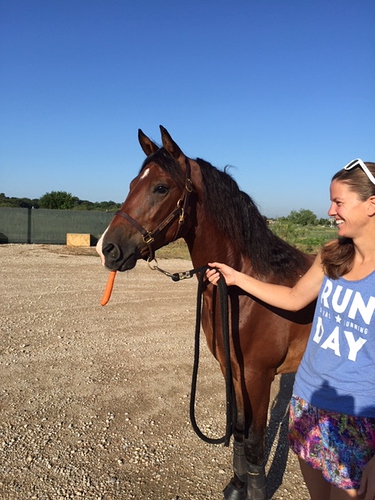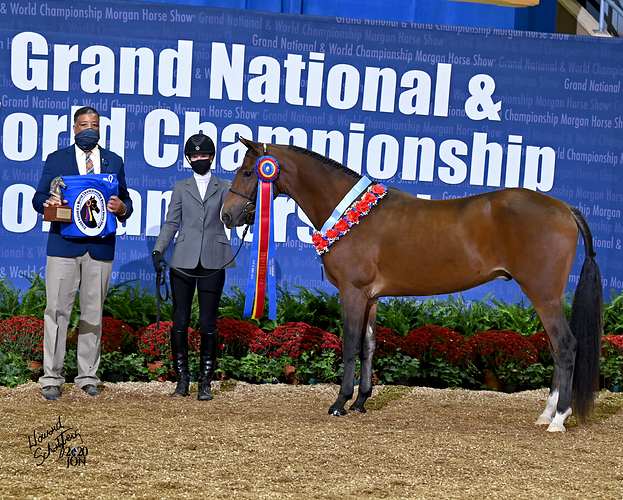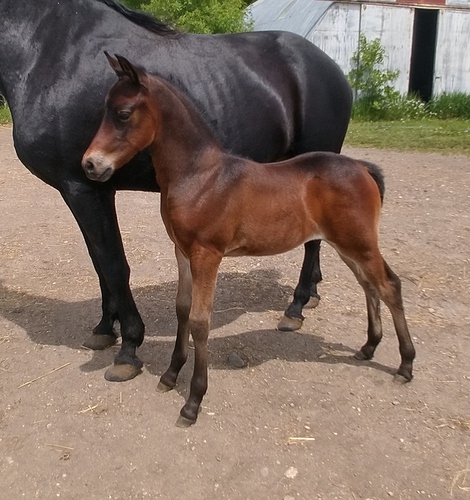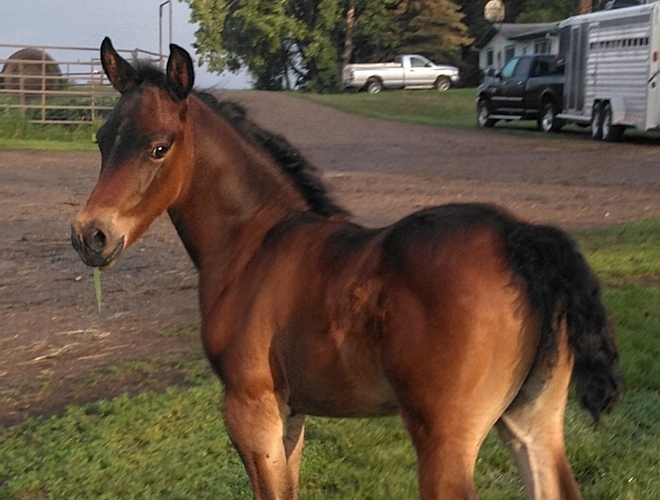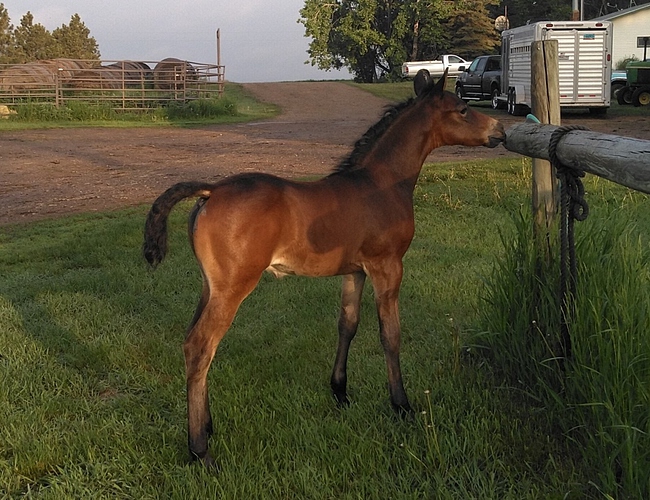Teach him to stand when told, increasing the time. Whoa means whoa, not stop, then swing body around. 4 feel planted squarely, loose lead. Then YOU start moving around him while holding the lead. Put feet back square if he moves. You eventually should be able to move from left side to right side, he stays put. Then introduce a light color rag, hand towel size, to start gently flicking him with, all over his body and legs. He stands, feet put back if he moves. Flicking is actually soothing, they like it. This is like when two horses stand head-to-tail, go to sleep swishing flies. Western folks call it “sacking out” because they used to use feed sacks to flap around him. I like light colors because it catches his eye, moving fast with the flicking. He learns fluttery white things are not harmful, usually does not react to a flying napkin at the show!
Then I move on to lightly grooming both sides as he stands well. You are developing his patience, just keep putting feet back square. Head can move to watch you, no grazing.
You may want to continue on into hobble training with soft burlap hobbles. The hobble training has saved a couple of mine damage when caught in broken (×#*+ deer) fence wire. They could not go anyplace, remembered “can’t walk means stand still,” so they just waited for us to find and rescue them! Amazingly, very little leg damage, minor cuts.
We tie horses for long times, building up slowly. Our horses need to stand WELL at the trailer, on a picket line, in their tie stalls overnight. They need to stand tied for HOURS sometimes, so they must be taught this skill. No breakaway halters or strings, they tie hard-and-fast to prevent them getting loose to injure themselves or someone else. Good Tie training will make him a good citizen his whole life. USE GOOD equipment. Ropes, SNAPS and halters that will not break, tied to SOLID objects that also will not break to chase him. Read the breaking strength on ropes and snaps, you will be amazed at the low pound strength they expect to hold a horse! Those common big brass snaps are only rated for 100 pounds!! A big dog can break them.
Do you know how to tie a quick-release knot that will actually pull free after a horse sits back on it? My 4H and Pony Club taught ones don’t release easily, if at all. Had to cut a couple ropes after a learner horse sat back hard on it a few times. He did not get loose or hurt, quit trying to leave. Had to go searching knots on U-tube to find and experiment with, to find a useful quick release knot. Then relearn the new knot for daily use so it got automatic for me .
Standing quietly and tying WELL are life skills all horses need to have. They are much more pleasant to be around and use.

